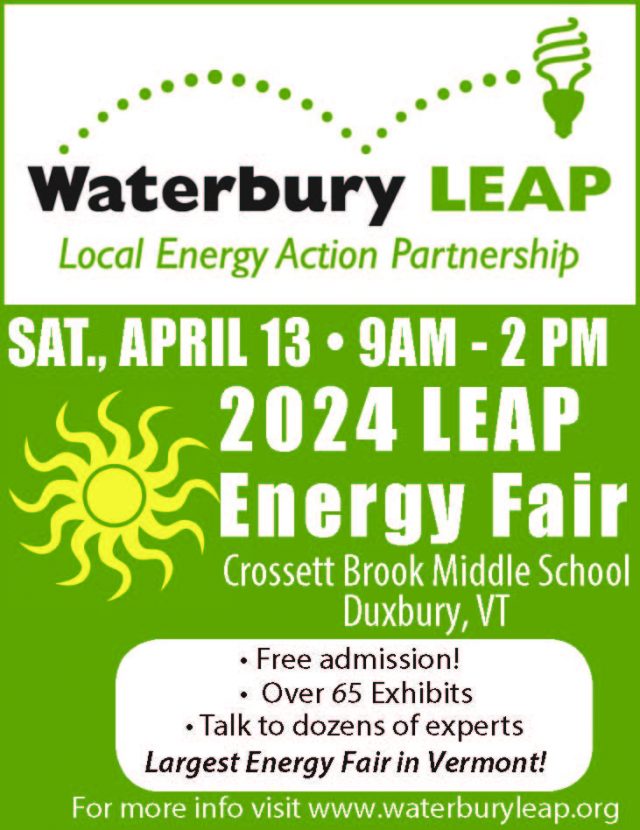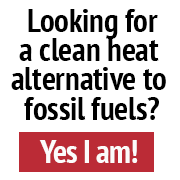A “Dramatic Photo Finish,” and a Tie for Top Honors
Some people get excited about fall because of the beautiful foliage, the delightful blend of sunny days and crisp cool nights, and the bountiful harvests of apples and other tasty treats. I love all that, too. But I also enjoy this time of year because it brings the annual assessment of how states are doing on energy efficiency. And this year was more of a nail biter than most.
Whoever’s on top, though, it’s clear that when states make progress on energy efficiency, we all win.
The just-released 2016 energy efficiency scorecard from the American Council for an Energy-Efficient Economy (ACEEE) is the latest in ACEEE’s annual assessments of state commitments to, and progress on, energy efficiency, their “annual benchmark of the progress of state energy efficiency policies and programs.”
Who’s on top?
Massachusetts had reigned supreme for quite a while, earning the #1 spot in each of the previous five years. So the real question—particularly for those of us in a Massachusetts-based office “competing” against our colleagues based on the West Coast—was whether the Bay State could avoid getting beaten by the Golden State.
The answer? Sort of.
Here’s how ACEEE put it when unveiling the results: “In a dramatic photo finish, California and Massachusetts both won the top spot in the 10th edition of the 2016 State Energy Efficiency Scorecard published by the ACEEE. This marks Massachusetts’s sixth consecutive year in first place, but the first time it shared the spotlight with the Golden State, which last held the title in 2010.”
As shown in the ACEEE’s full report, each of the top states scored an impressive 45 points out of a possible 50, and the scores of each represented an increase over last year’s (1 point and 1.5 points, respectively, for Massachusetts and California). California scored a perfect score in five of ACEEE’s six categories. Massachusetts scored 19.5 points out of 20 in the remaining category and got full marks in two other categories.
Other findings from this year’s assessment:
- The top 10 spots feature the Northeast and the West Coast, but also the Great Plains and the Mid-Atlantic: “Vermont (#3), Rhode Island (#4), Connecticut and New York (tied for #5), Oregon (#7), Washington state (#8), Maryland (#9), and Minnesota (#10).
- Missouri, Maine, and Michigan earned “most improved” marks, with both Maine and Michigan just missing the top-10 list, going up three spots to tie for 11th.
- ACEEE called out progress on building codes in particular, noting that top scores went not only to California and Illinois, as in last year’s rankings, but also to Massachusetts, New York, Texas, Vermont, and Washington.
- A solid pack of states from around the country got kudos for taking “major steps” toward adopting U.S. Department of Energy-certified building codes for homes and businesses, including Alabama, Delaware, Hawaii, Illinois, Maryland, Massachusetts, Michigan, New York, New Jersey, Texas, Utah, Vermont, and Washington.
More to come!
The biggest takeaway for me is that states keep upping their game on energy efficiency, pushing the envelope toward better, stronger, more effective policies and programs and showing the nation as a whole how to do things. The lead author of the scorecard, ACEEE’s Weston Berg, put it this way, “Over the last 10 years, we have seen that many, if not most, innovative policies and programs that promote energy efficiency originate at the state level. As a cost-effective compliance option, efficiency is a valuable addition to any state’s policy toolkit, saving money, driving investment across all sectors of the economy, creating jobs, and reducing the environmental impact of energy use.”
And if competition among the states helps drive that progress, all the better.
Just know, California colleagues, that we’re going to be pushing for Massachusetts to be #1 again next year. Just try to keep up, will ya?
John Rogers is a senior energy analyst with expertise in renewable energy and energy efficiency technologies and policies. He co-manages the Energy and Water in a Warming World Initiative (EW3) at Union of Concerned Scientists that looks at water demands of energy production in the context of climate change.









Leave a Reply